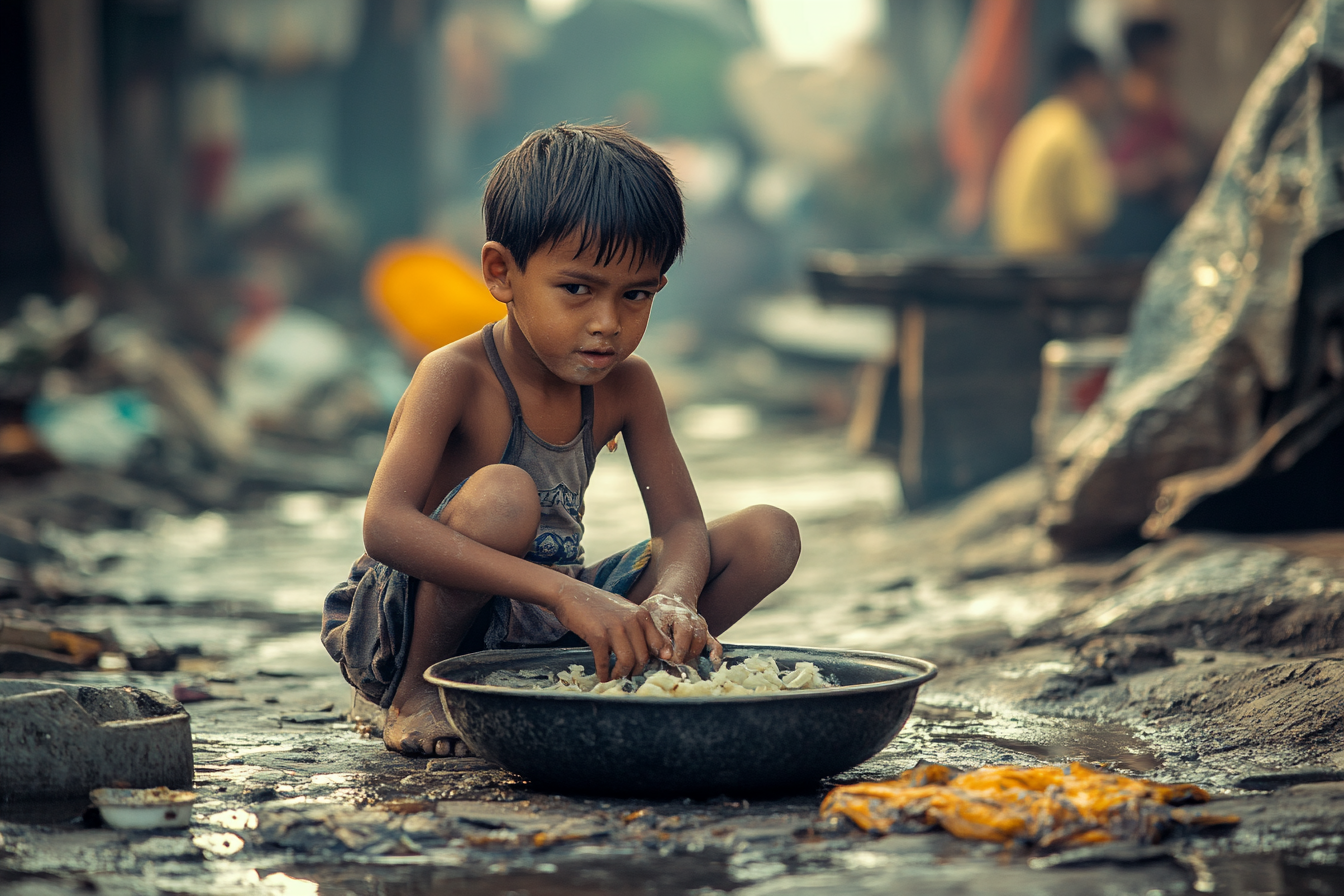Can you remember your childhood, when everything seemed simpler? A carefree time with learning, playing and other wonderful memories. But is every child lucky enough to have such a wonderful childhood? Unfortunately, the answer is no. If we take Indonesia as an example, 9% of its children under the age of 17 are child workers, depriving them of their childhood, their potential, dignity and ultimately their future. This means they don’t get to go to school or play their favourite sport. Can we provide a solution for this? That’s what our recent paper is about.
We all know that child labour occurs due to poverty. Therefore, policies and social protection programs aimed at reducing poverty can also have an impact on making children learn rather than earn. And, in this paper we particularly looked at the impact of a food subsidy program on child labour and schooling. Why a food subsidy? Because food subsidies are commonly used as a social protection tool in less developed countries, where poor households are given the access to buy staple food at a cheaper price. However, its impacts on child wellbeing in terms of reducing child labour and increasing schooling are unknown.
To identify the effect, we used data from over 2500 households in Indonesia. We selected Indonesia due to two reasons. One, as a less developed country Indonesia faces many challenges in relation to child wellbeing. And two, Indonesia’s subsidised rice program (known as ‘Raskin’) was one of the largest social protection program that was in operation till 2017. The key findings are:
- The program was effective in decreasing the probability of working for boys, though there was no impact on the outcomes of girls.
- Children at pre and primary school age (5-12 years) and children residing in rural areas were more likely to reduce the probability of working due to the receipt of the food subsidy.
Now you must be thinking that our study is only relevant for Indonesia. But it’s not the case. This is because child labour is in fact a global issue where one in every ten children worldwide is a child worker. Therefore, the findings of our study suggest that the policy makers should design social protection programs in a manner that effectively reduces poverty and thereby encourage all children to learn rather than earn. By doing so we could actually make a difference in the lives of the children by giving them back their childhood.


